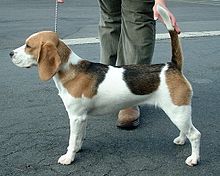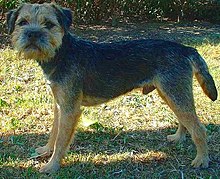 |
Country of origin Great Britain
Traits
Coat Close, hard, hound coat of medium length
Color Tricolour or white in combination with red, lemon, or orange
Litter size 2–14 puppies
Life span 12–15 years
Beagle History And Origin
- The origin of the word "beagle" is uncertain, although it has been suggested that the word derives from the French or from an Old English, French, or the Gaelicword beag, meaning "little."
- beagle-type dogs have existed for over 2,000 years, the modern breed was developed in Great Britain around the 1830s from several breeds, including the Talbot Hound, the North Country Beagle, the Southern Hound, and possibly the Harrier.
- Beagles have been depicted in popular culture since Elizabethan times in literature and paintings, and more recently in film, television and comic books.Snoopy of the comic strip Peanuts has been promoted as "the world's most famous beagle"























